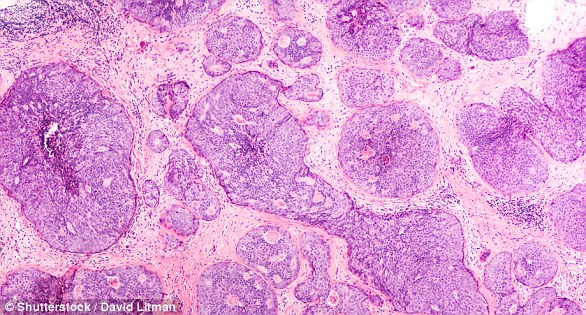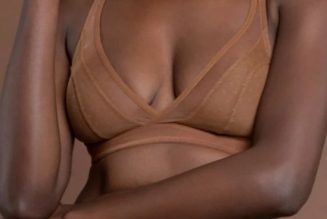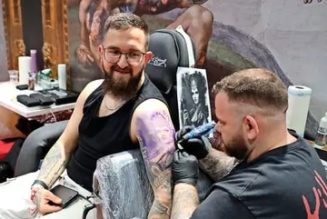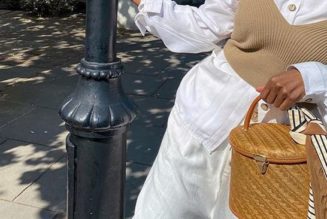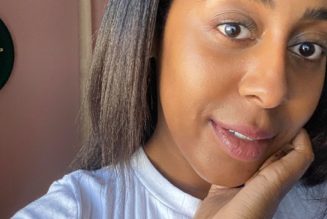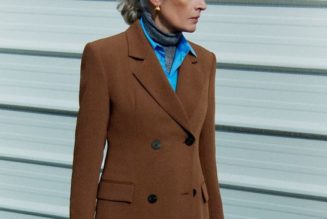Julia Bradbury says she has an ‘eating window’ after overhauling her lifestyle amid breast cancer battle as she admits she’s ‘grateful’ for her diagnosis: ‘It made me re-examine my life’
Julia Bradbury has revealed she has an ‘eating window’ after overhauling her lifestyle amid her breast cancer battle.
The presenter, 53, was diagnosed with the disease in September 2021 before undergoing a mastectomy to have a 6cm tumour removed.
And speaking in a new interview two years after first being diagnosed, Julia told how she’s undergone a health kick and has cut out booze and junk food from her diet as she questioned: ‘do I want that feeling again, or do I want to stay alive?’
Meanwhile, the mother-of-three admitted that she’s ‘grateful’ for her breast cancer diagnosis as it has allowed her to ‘reexamine my life’.
Looking fabulous in a new photoshoot with Prima magazine, Julia told the publication of her life changes, remarking that she has an ‘eating window’ in which she has breakfast around 1oam and supper at 6pm, with plenty of vegetables, fats and protein.
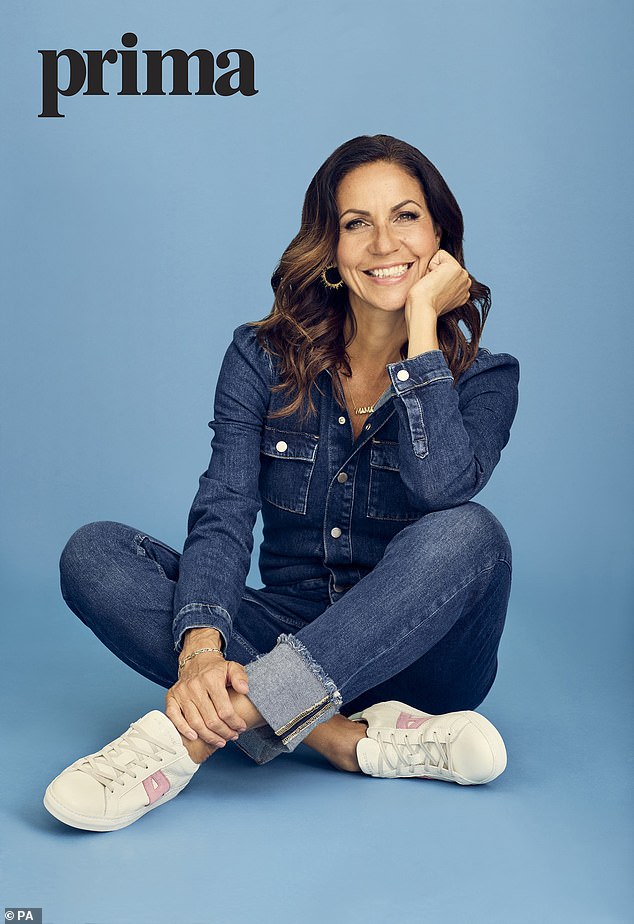
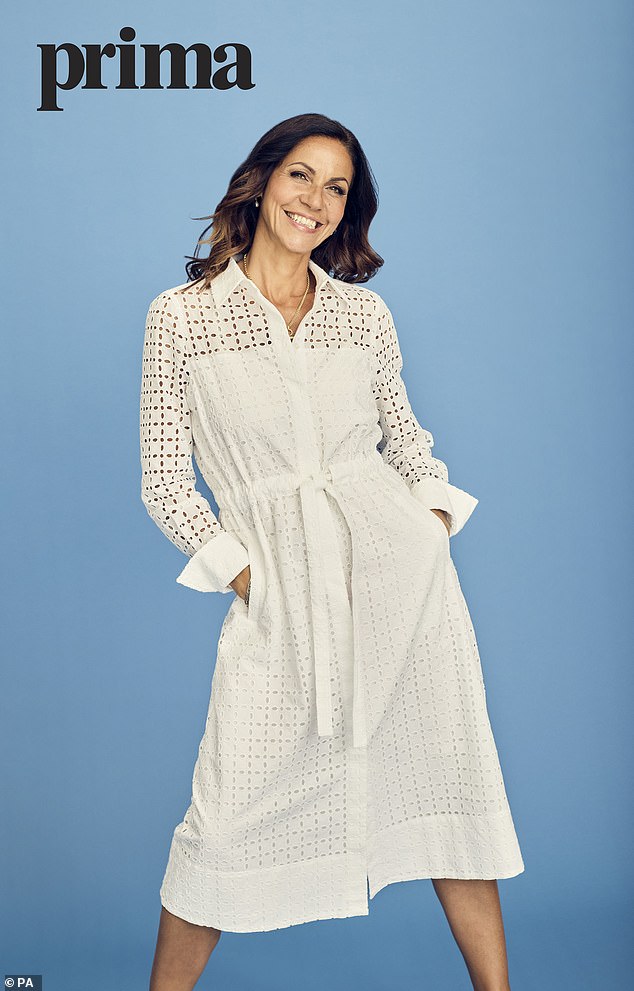
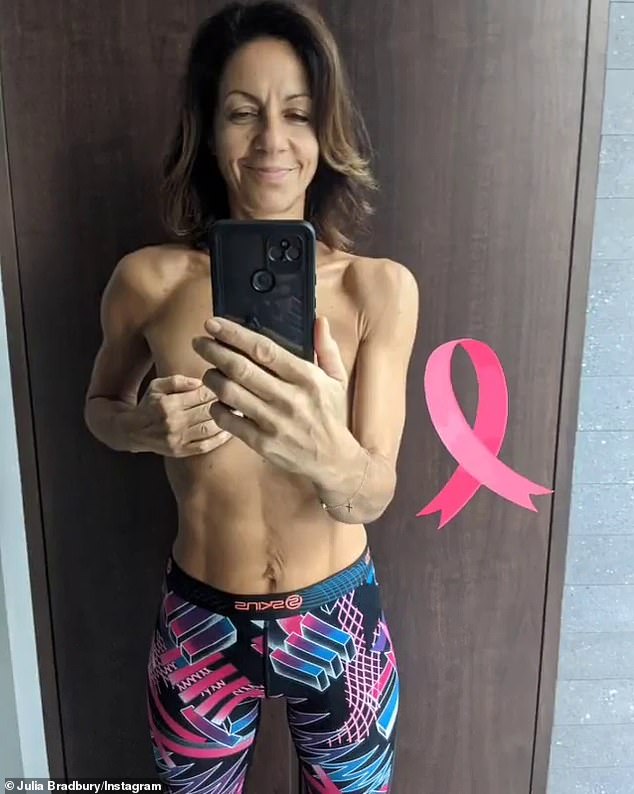
She explained: ‘What I don’t do any more is have buckets of ice cream and chocolate brownies. I’ve also cut out booze, as alcohol can increase the risk of recurrence, and I’ve probably done enough drinking in my life. The question is, do I want that feeling again, or do I want to stay alive?’
The broadcaster went on to reveal how having cancer has changed her as a person and has given her a different outlook on life – something which she is grateful for.
She said: ‘There’s no question that a cancer diagnosis changes your life. It doesn’t define you, but it shapes you. It certainly revolutionised my approach to health, life and death. It brought gratitude to the forefront of my mind, it made me overhaul every aspect of my lifestyle and it increased my love of mother nature.
‘I also think it made me a kinder, more understanding and more patient human being. It might sound like a weird thing to say, but I’m actually grateful for my diagnosis, because it made me re-examine my life.’
And while Julia is grateful for how she now sees life, she adds that the act of practising gratitude is really ‘important’ to her and is ‘edifying’, with te star now waking up with a smile on a daily basis.
Amid her heartbreaking ordeal, one person who has always been by her side is husband Gerard Cunningham, whom she shares son Zephyr, 12, and twin girls, Xanthe and Zena, eight, with.
Julia told how him supporting her through her cancer battle has brought them ‘closer together’ and has added ‘a new dimension’ to their relationship.
It comes after Julia spoke of her determination to ‘stay alive’ two years on from her breast cancer diagnosis.
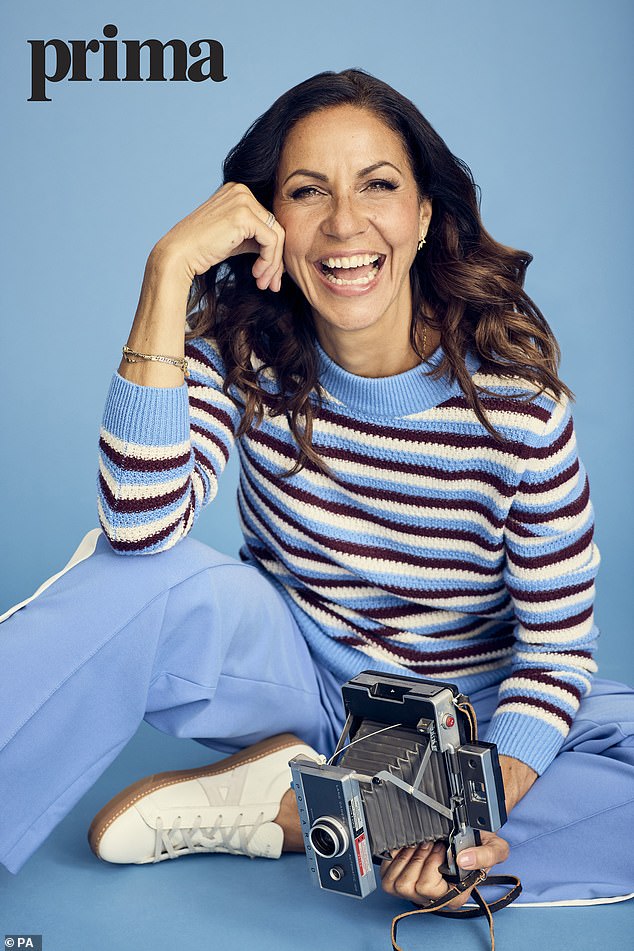
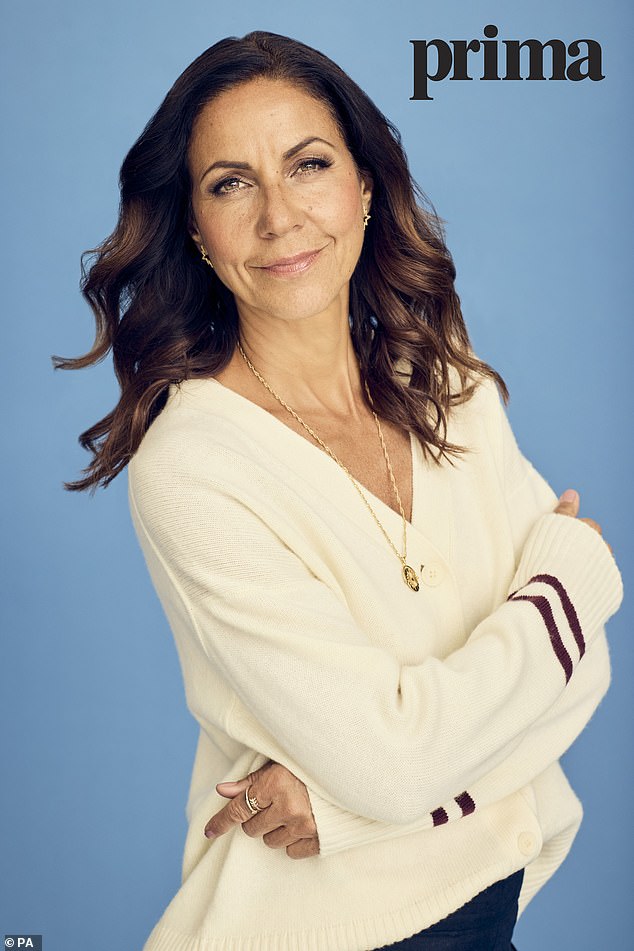
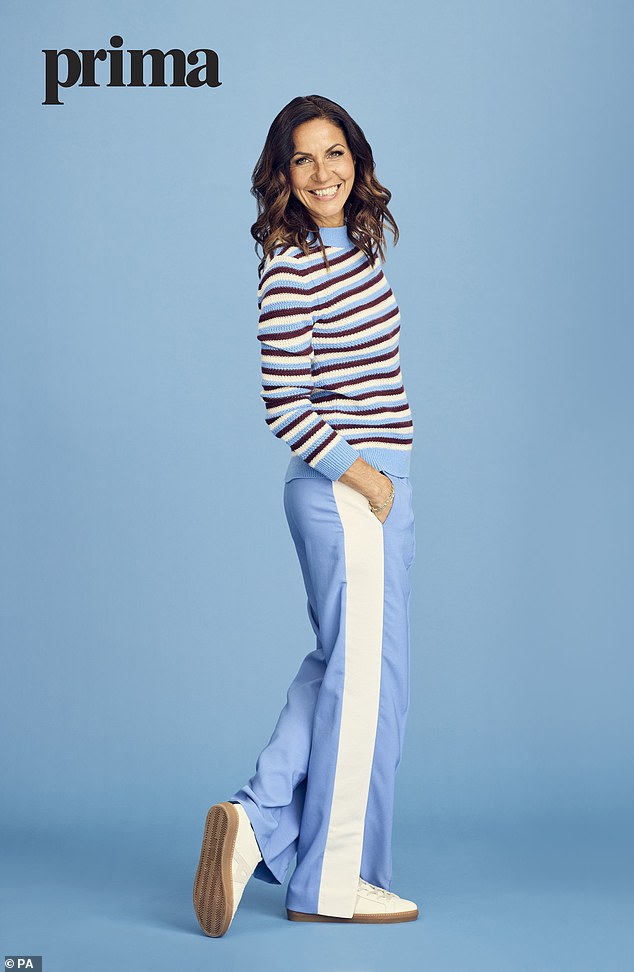
After her 2021 diagnosis, she had the tumour, two lymph glands and her left breast removed before having reconstruction surgery.
Julia has since revealed how her diagnosis changed her life, leading her to adopt a much healthier diet and go teetotal as she declares she will do everything possible to see her children grow up.
Speaking to The Times, Julia admitted that guiding her three kids through her diagnosis and surgery was one of the toughest moments of the past two years.
‘When I had that first biopsy, I was like, “I want to see my children grow up. I want to live through GCSEs and A-levels and 21st birthdays and university,”‘ she explained.

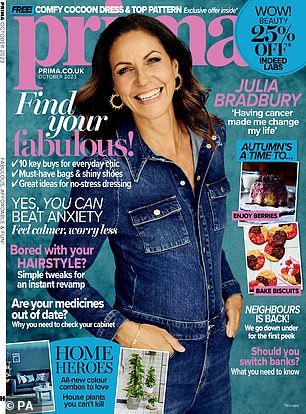
‘I want to see them as adults. I just want to stay alive.’
She went on to explain how she didn’t want to video call with her children while in hospital for her mastectomy as ‘I didn’t want them to see me like that. I thought it would be worrying for them.’
‘What’s difficult with young children is explaining cancer to them without petrifying them. I was very aware that I had to be honest.’
The day she left hospital to return home Julia enlisted her sister to do her hair and makeup to help her get her ‘game face’ on to reassure her kids.
She said though that there have been tough moments two years on as one of her daughters recently asked her if her cancer will come back.

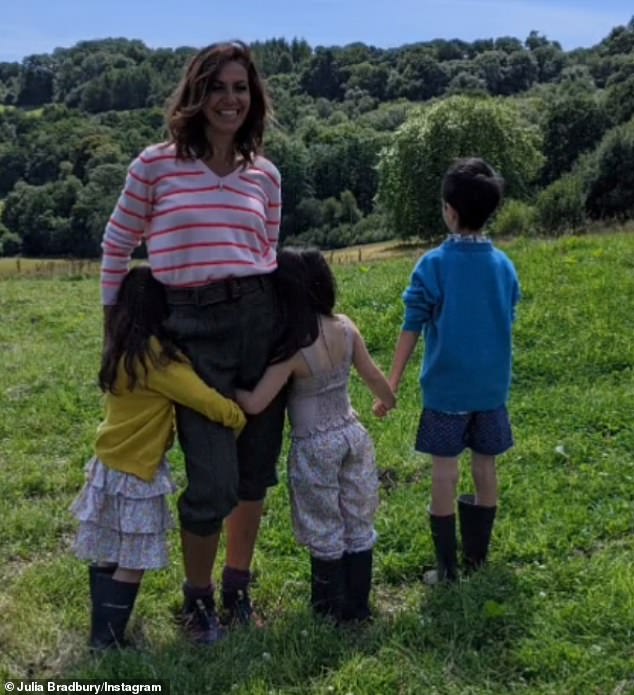
Getting emotional, Julia admitted: ‘That was really hard. Cancer has shaped who I am, but it doesn’t define who I am. It profoundly changed my life and the way I think and behave.
Julia first found a lump in her breast in 2020 which proved to be a benign cluster of cysts.
She had to have another mammogram a year later and though that didn’t return anything unusual, doctors found a shadow at her follow-up appointment.

